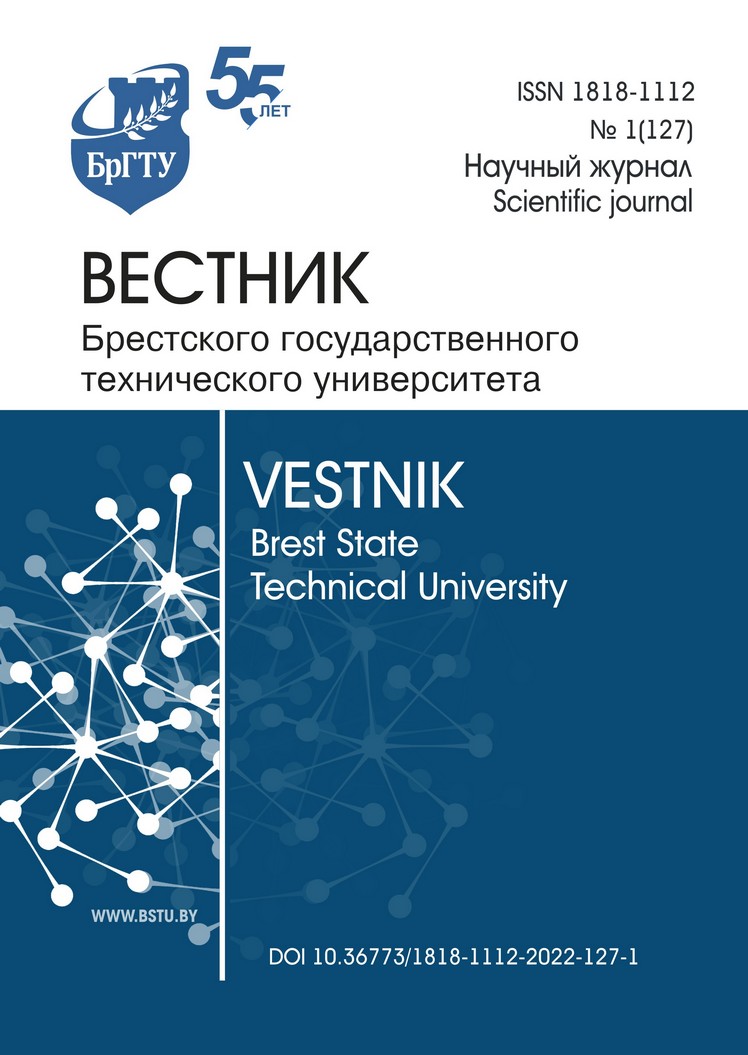RECOMMENDATIONS FOR INCREASING THE EFFICIENCY OF WASTEWATER SLUDGE TREATMENT INTHE CITY OF BREST AT THE MECHANICAL AND BIOLOGICAL FACILITIES OF THE BREST WASTE PROCESSING PLANT (BWPP)
DOI:
https://doi.org/10.36773/1818-1112-2022-127-1-6-12Keywords:
sewage sludge, digester, aerobic stabilization, active sludge, compaction, pressure flotation, removal of biogenic elements, purification of return flows from nitrogen compounds, dephosphatation, struvite mineral fertilizerAbstract
The implementation of technological schemes for the removal of biogenic elements at urban wastewater treatment plants requires an individual approach to the treatment of sludge. The article is devoted to the problems that arise during the treatment of urban sewage sludge at existing facilities for the treatment of sludge from primary settling tanks and excess activated sludge using flow type digesters. The latest developments in the field of aerobic and anaerobic digestion of sludge generated at urban wastewater treatment plants are also considered, which make it possible to make the process of sludge processing energy and resource-saving, as well as to ensure the purification of return flows from nitrogen compounds using the Anammox technology and the removal of phosphorus compounds with the production of mineral fertilizer - struvite. Information is also provided to compare the effectiveness of various regimes of reagentless pressure flotation with reagent sedimentation. The influence of temperature and compaction of sediments on the process of anaerobic digestion was analyzed. An improved technological scheme for the treatment of sludge coming from sewage treatment plants is proposed, which combines the processes of aerobic and anaerobic sludge digestion while maintaining optimal temperature and humidity.
Downloads
Published
How to Cite
Issue
Section
License

This work is licensed under a Creative Commons Attribution-NonCommercial 4.0 International License.
The work is provided under the terms of Creative Commons public license Attribution-NonCommercial 4.0 International (CC BY-NC 4.0). This license allows an unlimited number of persons to reproduce and share the Licensed Material in all media and formats. Any use of the Licensed Material shall contain an identification of its Creator(s) and must be for non-commercial purposes only. Users may not prevent other individuals from taking any actions allowed by the license.










